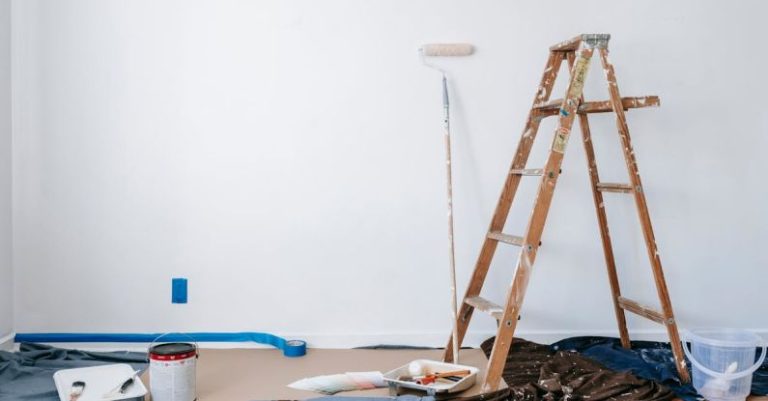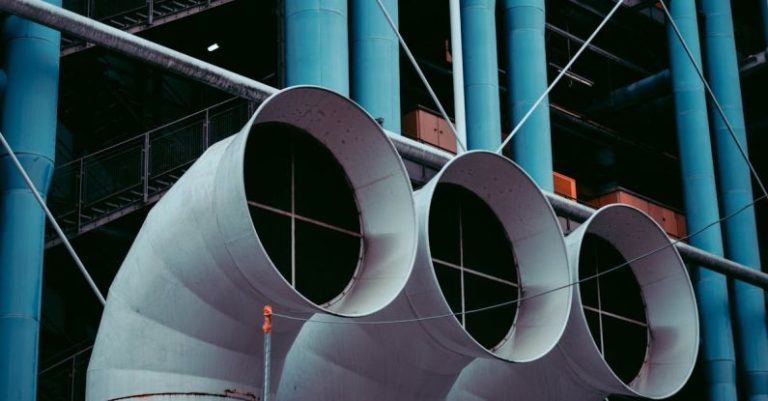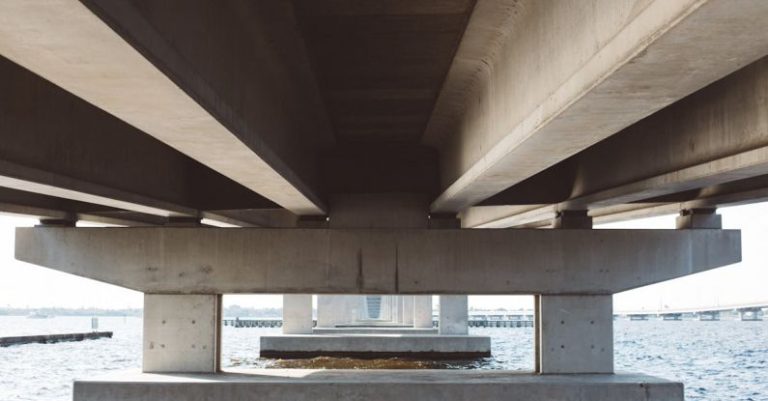Composite Materials for Waterproofing and Durability in Construction
The construction industry is constantly evolving, with new technologies and materials being developed to improve the quality and longevity of buildings. One area that has seen significant advancement in recent years is the use of composite materials for waterproofing and enhancing the durability of structures. These materials offer a range of benefits that make them a popular choice among architects and builders looking to create long-lasting and resilient buildings.
Enhancing Durability with Composite Materials
Durability is a key factor in the construction industry, as buildings are exposed to various environmental elements that can degrade their structural integrity over time. Composite materials, which are made by combining two or more different materials to create a new one with enhanced properties, offer excellent durability compared to traditional building materials.
One of the primary reasons composite materials are sought after in construction is their ability to resist corrosion and deterioration. Unlike materials like wood or metal, composites are not prone to rotting, rusting, or warping when exposed to moisture or extreme weather conditions. This makes them ideal for use in areas with high humidity or frequent rainfall, where traditional materials may struggle to maintain their strength and appearance.
Waterproofing Properties of Composite Materials
Water damage is a common issue in buildings, leading to costly repairs and maintenance. Composite materials excel in waterproofing applications, offering superior protection against water infiltration and moisture buildup. This is particularly important in structures like bridges, decks, and facades that are constantly exposed to the elements.
Composite materials can be engineered to be highly water-resistant, preventing leaks and seepage that can compromise the integrity of a building. By incorporating additives or coatings that repel water, composites provide an effective barrier against moisture ingress, helping to keep the interior spaces dry and free from water-related damage.
Fire Resistance and Composite Materials
In addition to their waterproofing and durability properties, composite materials also offer excellent fire resistance, making them a safe choice for construction projects. Fire safety is a critical consideration in building design, and using materials that can withstand high temperatures and prevent the spread of flames is essential to protect occupants and property.
Composites are inherently non-combustible or can be treated to enhance their fire resistance, meeting strict industry standards for fire safety in buildings. This makes them a preferred option for applications where fire protection is a top priority, such as in high-rise buildings, industrial facilities, and public infrastructure projects.
Cost-Effectiveness and Sustainability of Composite Materials
While composite materials offer superior performance in terms of waterproofing, durability, and fire resistance, they are also a cost-effective and sustainable choice for construction projects. Due to their long lifespan and low maintenance requirements, composites can help reduce overall lifecycle costs by minimizing the need for frequent repairs or replacements.
Moreover, many composite materials are made from recycled or renewable sources, making them environmentally friendly options for builders seeking to reduce their carbon footprint. By choosing composites over traditional materials, construction companies can contribute to sustainable building practices and reduce the environmental impact of their projects.
Innovations in Composite Material Technology
The development of composite materials for waterproofing and durability in construction continues to evolve, with ongoing research and innovation driving the creation of new and improved products. Advanced manufacturing techniques, such as 3D printing and nanotechnology, are being used to enhance the performance and versatility of composites, opening up new possibilities for their use in building design.
Engineers and architects are increasingly exploring the potential of composite materials to push the boundaries of what is possible in construction, creating structures that are not only aesthetically pleasing but also highly resilient and long-lasting. As the demand for sustainable and high-performance building solutions grows, composite materials are set to play a key role in shaping the future of the construction industry.
In conclusion,
Composite materials offer a compelling solution for achieving waterproofing and durability in construction projects, providing a versatile and cost-effective alternative to traditional building materials. With their superior performance characteristics, including resistance to water damage, fire protection, and sustainability benefits, composites are poised to drive innovation and enhance the resilience of buildings for years to come. As technology continues to advance and new composite materials are developed, the potential for creating structurally sound and long-lasting constructions using these innovative materials is boundless.






